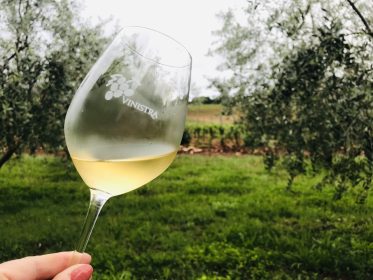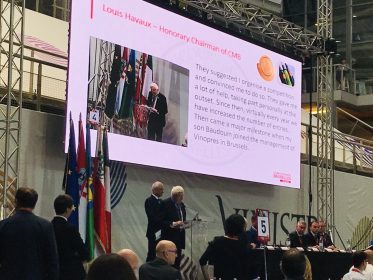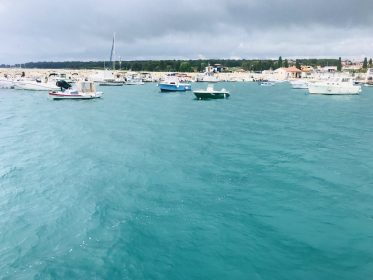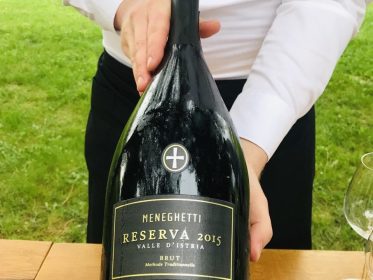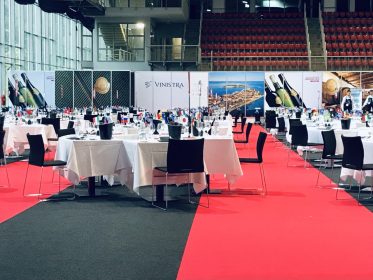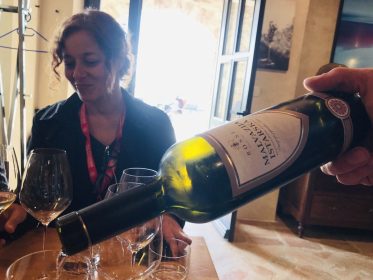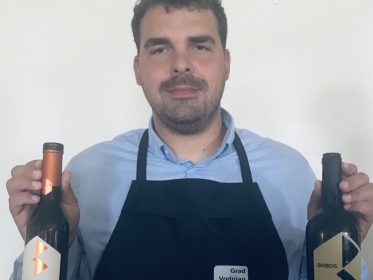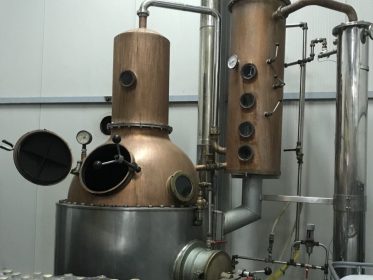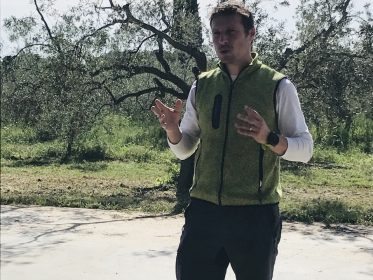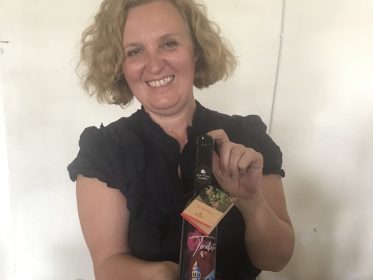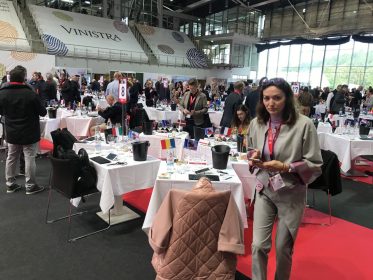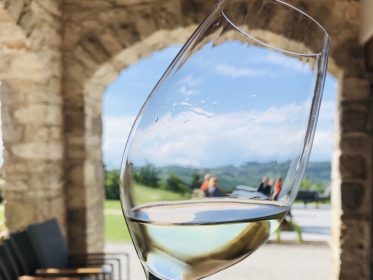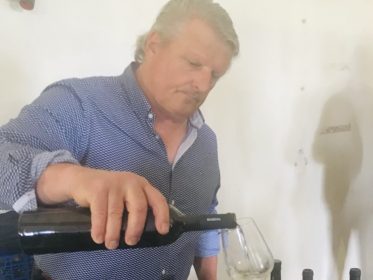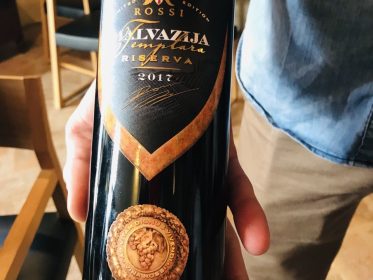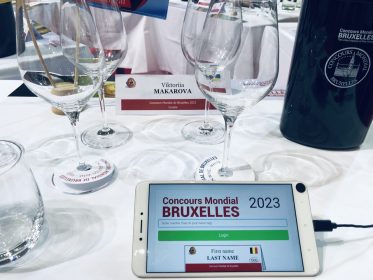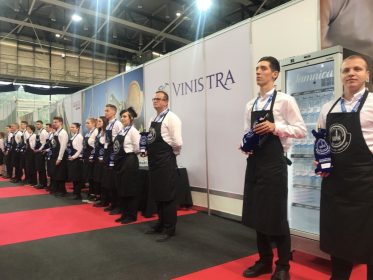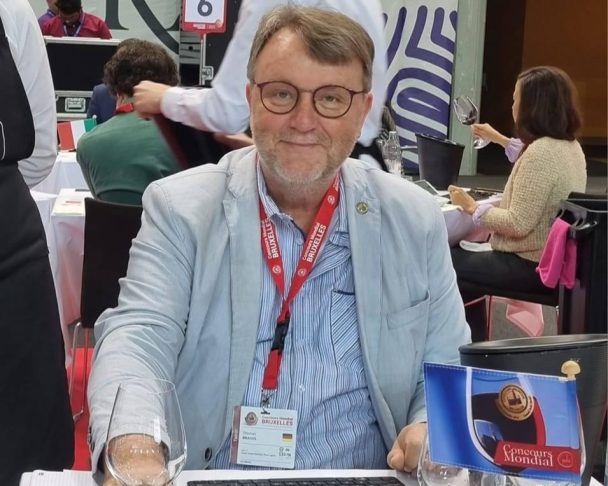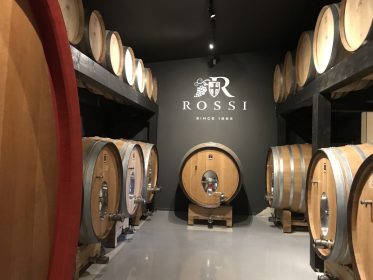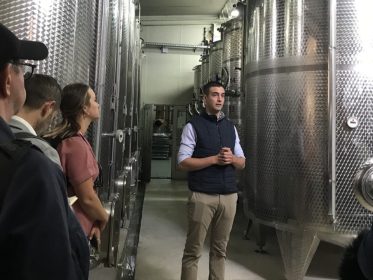Concours Mondial de Bruxelles: the cross-cultural experience
Authors: Veronika Busel/Victoria Makarova
“Concours Mondial de Bruxelles — but why did you go to judge in Croatia, not in Belgium?” Several people in a row asked me the same question. “Quite possibly, it will be Mexico next year,” — my answer might sound like a joke, but it’s not: the next country to host the 31st Concours Mondial de Bruxelles will, in fact, be Mexico! The competition will take place in Guanajuato, which has recognized as a Unesco World Heritage site, due to its colonial and baroque architecture, and is the center of an important wine region in Mexico, with 485 hectares of the vineyards planted and more than 100 hectares in project, representing 4.5% of the national area for the production of quality wines, as well as boundless opportunities for wine tourism.
So, Concours Mondial de Bruxelles (CBM) has been a “traveling” competition since 2006. Why do organizers prefer to hold tasting sessions in various wine-producing countries?
“The idea behind it was to show different wine regions in Europe and outside to our tasters and make them familiar with those regions. Of course it is much more interesting to see new countries every year than to taste with the same people in the same city, be it Berlin, London, Paris, Bordeaux or Neustadt an der Weinstrasse… ‘ comments Thomas Brandl, the CBM Ambassador for Eastern and Central Europe. “We have created a “big family of CMB friends”, and as we moved also to Eastern European destinations starting from 2013 (Bratislava in Slovakia, Plovdiv in Bulgaria, Brno in Czech Republic, and now Poreč in Croatia), many new tasters from these countries joined our team, which is, by far, the most international one in the world. Since 2007 I have been judging for CMB in Chile, Spain, Italy, Luxemburg, Belgium, Portugal, Slovakia, Bulgaria, Switzerland, France, Austria, Brazil, Czech Republic, China and Croatia.”
For the hosting wine regions, especially the emerging ones, CMB is a unique chance to raise global awareness and reputation by having so many international tasters as guests. More than half of them are journalists, many are Masters of Wine and well-known international wine experts, bringing expertise, fresh opinion and good media coverage. The experience is mutually beneficial, considering that the interest in new regions, grape varieties and wines is constantly growing both among the industry professionals and consumers.
The Red and White Wine tasting, the main session of the event in which I participated as a taster, was judged by 320 tasters of 45 nationalities. In my commission there was a wine journalist from Barcelona and another one from Budapest, as well as a future Master of Wine from Helsinki and a wine buyer from Serbia. We’ve had the pleasure and privilege of having Thomas Brandl as the head of our commission. I was happy and curious to see lots of familiar faces at the tables around — familiar, because they were wine influencers, experts, winemakers and top-notch industry professionals I’ve been reading and watching on Facebook, Instagram and in various wine media for years. I asked Thomas about the principles of selection applied by CBM, because, obviously, the commission members and the heads of the tasting commissions have not been chosen randomly.
“We select them based on their qualifications as journalists, sommeliers, wine buyers, enologists, marketing experts, wine educators and other multiplicators. In each commission we’re trying to put together a representative diameter with people of different nationalities and professional backgrounds,” says Mr Brandl.
This approach seems to work wonders for the quality of the tasting experience and evaluation. After all, the diversity of tasters’ backgrounds combined with the strict OIV protocol provide the most adequate picture of the wine scene for consumers around the world.
Every year the geographic range of the CBM winners is expanding. Of course it’s difficult to outnumber the Grand Gold medalists from Italy, France, Spain, Germany or Portugal. However, nowadays they have to compete not only with the famous New World wine regions, such as the US, Chile and South Africa, but also with the wineries from Bulgaria, Czech Republic, China, Slovakia and Mexico. As a matter of fact, one of the Grand Golds was won by Tres Raices Pinot Noir 2021 produced by Vinicola Tres Raices from Guanajuato, the next CBM destination. The WTA team is glad to congratulate our nominees: Zlaten Rozhen, Bulgaria — two gold medals; Armenia Wine Factory and Gevorkian Winery, Armenia — gold medals; Vinaria Purcari, Moldova — ten gold medals!
“For a few years now we have been observing the rise of Eastern European wines at CMB, both in the number of samples and quality of the wines. Countries like Moldova, Romania, Bulgaria, Czech Republic, Armenia and Georgia have been winning many medals. In 2023 we also had medal winning wines from Kazakhstan, and, for the first time, from India!” — Thomas Brandl is also excited by this diversity.
One of the most wonderful things about the organization of CBM events is that day 1 is fully dedicated to master classes, workshops and private (non-competition) tastings introducing the winemaking of the region. In Poreč, our first day began with a presentation of the Istrian region and the Vinistra association by Caroline Gilby, MW, followed by a master class where the flagship Istrian varieties, Malvasia Istriana (white) and Teran (red), were presented by the brilliant Luma Monteiro of Wineria, demonstrating the features and different styles of these wines, aged and unaged. The education section was followed by a walk-on tasting held in an old farm house in Vodnjan, during which the judges had the opportunity to taste several varieties of olive oil, a product for which Istria is very famous, accompanied by more local wines. The wines of Istria, and Croatia in general, were widely represented at the competition, some of them good, some average or even a bit faulty, some very fine — such as Meneghetti Val Gambalera 2015, a blend of 50% Cabernet-Sauvignon, 50% Merlot, this year’s Grand Gold winner from an Istrian winery, Meneghetti, which kindly hosted the gala-dinner event for the CBM judges at a lovely terrace with a pool in the midst of the picturesque vineyards.
On days 2,3 and 4, after the competition tasting sessions that were intense but definitely interesting, the judges were split in several groups to visit more wineries and oil farms around Istria. I was lucky to have a tour and tasting at Chiavalon, a family farm specializing in growing olives and producing high quality extra virgin olive oil. The Chiavalon team cultivate 30 hectars of olive groves in the area of Vodnjan, with more than 9.000 olive trees. The farm is run by exceptionally young, inspired and open-minded business partners and brothers, Sandi and Tedi Chiavalon, investing in indigenous olive varieties, sustainable production, perfect marketing, and, of course, local tourism engaging local wine producers and farmers producing meat, cheese and other products in a tourism eco-system. The Chiavalon farm produces extra virgin olive oils of exceptional quality, which gained an impressive number of international awards, occasionally “beating” italians in the tasting competitions based in Italy.
I especially want to note that young Istrians are starting to get involved in farming and winemaking. That is why the visit to the ROSSI winery & Distillery was so interesting. The winery was founded by Federico Rossi, an immigrant from Friuli, in 1885, when he bought the first vineyard in the area. Today, the winery is run by young men from the 5th generation of the Rossi family, Luca, Marco and Filippo, and they do it not only professionally, but also with ease, smiles and, obviously, great pleasure. “From a business point of view, our main resource is the production and sale of distillates,” – Marco Rossi, the oenologist, told me. – “But wine is a completely different matter. It is art, beauty, and sophistication.”
We tasted ROSSI wines, distillates, and local bitters. All of them are very high quality, demonstrating bright terroir features, craft and character. I would like to mention the most special wine — Rossi Malvazija Templara Riserva 2017, this wine is no longer on sale, only a few bottles are kept in the family “archive”, but one of them was uncorked for us. This Malvasia has received several awards, the most prestigious one being gold from Decanter 2020. It has a warm golden colour. The aromas of ripe melon, yellow and white acacia, some exotic fruits, ripe citrus, delicate notes of vanilla, dried herbs, sunflower honey and a wonderful brackish minerality, typical of this region, but with some special steppe bitterness, on the palate, make this wine was simply enchanting, as were the smiles of the Rossi guys and their colleagues who welcomed us and other guests to the winery.
All in all, the CBM Red and White Wine session in Poreč, Croatia, which was also the 30th Concours Mondial de Bruxelles, was an exceptionally well-organized event proving, once again, that high class comes with professionalism and experience. Bravi, the CBM team, and thank you! À bientôt!
Stay connected with Wine Travel Awards:
